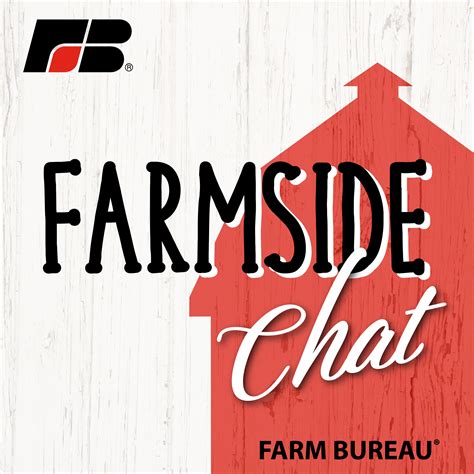Bridging the Gap: Dog Walking and Agricultural Communities
The seemingly disparate worlds of dog walking and agricultural communities are finding common ground, creating mutually beneficial partnerships. This article explores this burgeoning connection, highlighting the opportunities and challenges involved. For busy farmers, finding reliable dog care can be a significant hurdle; for dog walkers, rural areas often represent untapped markets. Let's delve into how these two sectors can successfully bridge the gap.
What are the Challenges Faced by Farmers Regarding Dog Care?
Farming demands long hours, often starting before sunrise and extending well into the evening. Finding reliable dog care amidst these demanding schedules is a major challenge. Traditional dog walking services often lack the reach or flexibility to cater to rural locations. Furthermore, farmers often possess working dogs with specific needs, requiring handlers with experience in managing livestock guarding dogs or other breeds accustomed to farm life. Simply leaving a dog alone for extended periods is not an option, as many breeds require significant exercise and socialization.
How Can Dog Walking Businesses Serve Agricultural Communities?
Entrepreneurial dog walkers are recognizing the untapped potential of rural markets. Offering specialized services catered to the unique needs of farming communities is key. This includes:
- Extended hours and flexible scheduling: Adapting to the unpredictable nature of farm work, offering services outside standard 9-to-5 hours.
- Specialized dog handling experience: Demonstrating proficiency in managing various breeds, particularly those with working backgrounds or livestock guarding instincts.
- Travel to rural locations: Expanding service areas to encompass remote farms and rural communities. This may involve covering larger distances and adapting pricing accordingly.
- Understanding of farm safety: Being aware of potential hazards on farms and taking necessary precautions to ensure both dog and handler safety.
What are the Benefits for Farmers and Dog Walkers?
The partnership between farmers and dog walkers offers a wealth of advantages:
For Farmers:
- Reliable dog care: Ensuring their canine companions receive adequate exercise, attention, and socialization, leading to happier, healthier pets.
- Peace of mind: Knowing their dogs are in safe hands while they focus on their demanding work schedules.
- Support within the community: Fostering stronger local connections through the use of locally-based dog walking services.
For Dog Walkers:
- Access to a new market: Expanding their client base and increasing revenue by tapping into the underserved rural market.
- Meaningful work: Contributing to the well-being of working dogs and supporting the local farming community.
- Unique job satisfaction: Experiencing the rewarding aspects of working in a diverse and scenic environment.
What are Some of the Potential Insurance Considerations for Dog Walkers Servicing Farms?
Dog walkers operating in agricultural settings need to consider appropriate insurance coverage. This should account for potential risks associated with rural environments, such as exposure to livestock, farm machinery, and varying terrains. It's crucial to consult with an insurance professional specializing in business liability to secure adequate protection.
What Makes a Successful Partnership Between Farmers and Dog Walkers?
Successful partnerships hinge on clear communication, mutual respect, and a shared understanding of needs and expectations. Farmers need to clearly communicate their dog's specific requirements and any potential hazards on the farm. Dog walkers need to demonstrate professionalism, reliability, and a genuine understanding of the agricultural lifestyle. Building trust and rapport is essential for creating a long-lasting and successful relationship. Open communication channels, including regular updates and feedback, will facilitate this process.
In conclusion, bridging the gap between dog walking and agricultural communities offers numerous benefits for both parties. By understanding the challenges and opportunities, and by fostering strong communication and mutual respect, this mutually beneficial partnership can flourish, benefiting both dogs and the human communities they serve.

